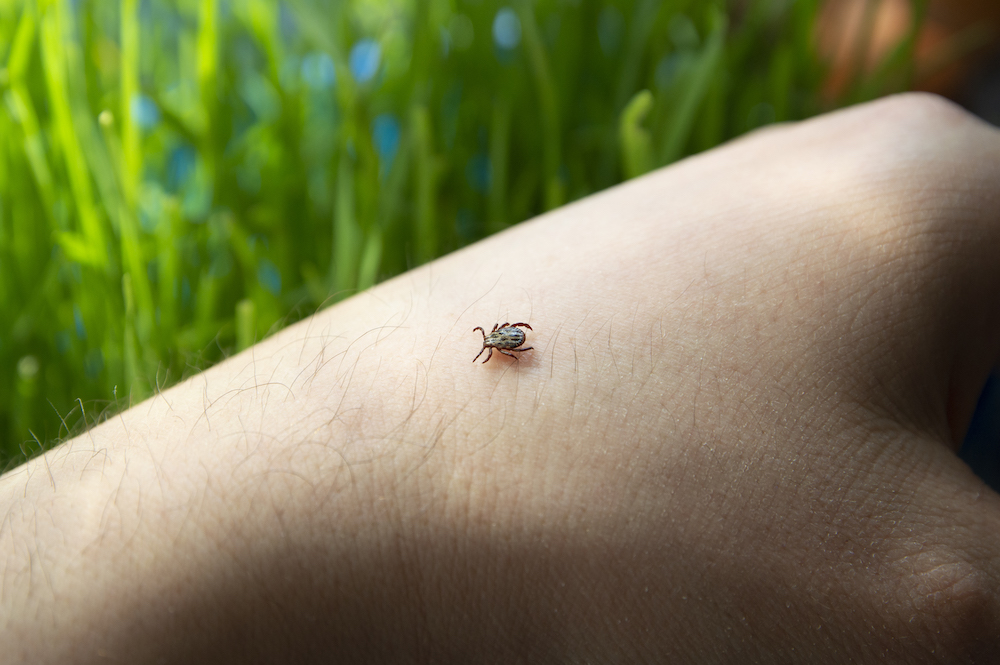Lyme disease, recognizing the symptoms

Lyme disease, often contracted through a tick bite, can pose significant health risks, especially if left undetected. In our latest article, we shed light on the symptoms of this potentially debilitating illness.
Check, check, and check again
First and foremost, diligent self-checks are crucial. After any outdoor activity, particularly if you weren’t wearing high shoes or covering clothing, take a moment to inspect yourself. Pay close attention to warm, dark areas of your body, such as knee creases, armpits, behind the ears, and groin. Regular self-checks increase the likelihood of early detection, even before a tick has firmly attached itself.
How to remove a tick?
If you find a tick embedded in your skin, prompt removal is essential. Use fine-tipped tweezers or a tick removal tool to grasp the tick as close to the skin’s surface as possible and pull upward with steady, even pressure. If you encounter difficulty, don’t hesitate to seek assistance or advice from others.
Symptoms of lyme disease
Recognizing the symptoms of Lyme disease can be challenging, especially if the tick bite went unnoticed. Here are some common indicators to watch for:
- Red or bluered rash: A distinctive rash may develop at the site of the tick bite, often resembling a bullseye.
- Flu-like symptoms: Fever, headache, muscle aches, and fatigue are common flu-like symptoms associated with Lyme disease.
- Later-stage symptoms: In advanced stages, facial pain, double vision, eye inflammation, palpitations, and shortness of breath may occur.
Progression of lyme disease
The progression of Lyme disease varies from person to person. Early detection and treatment are key to preventing long-term complications. While a course of antibiotics can effectively treat the disease in its early stages, untreated Lyme disease can lead to chronic symptoms, including nerve issues, joint pain, cardiac problems, and severe fatigue.
Understanding the symptoms and progression of Lyme disease empowers individuals to take proactive steps towards diagnosis and treatment.
Remember, awareness and vigilance are paramount in safeguarding against Lyme disease. By staying informed and vigilant, we can minimize the impact of this potentially serious illness.


